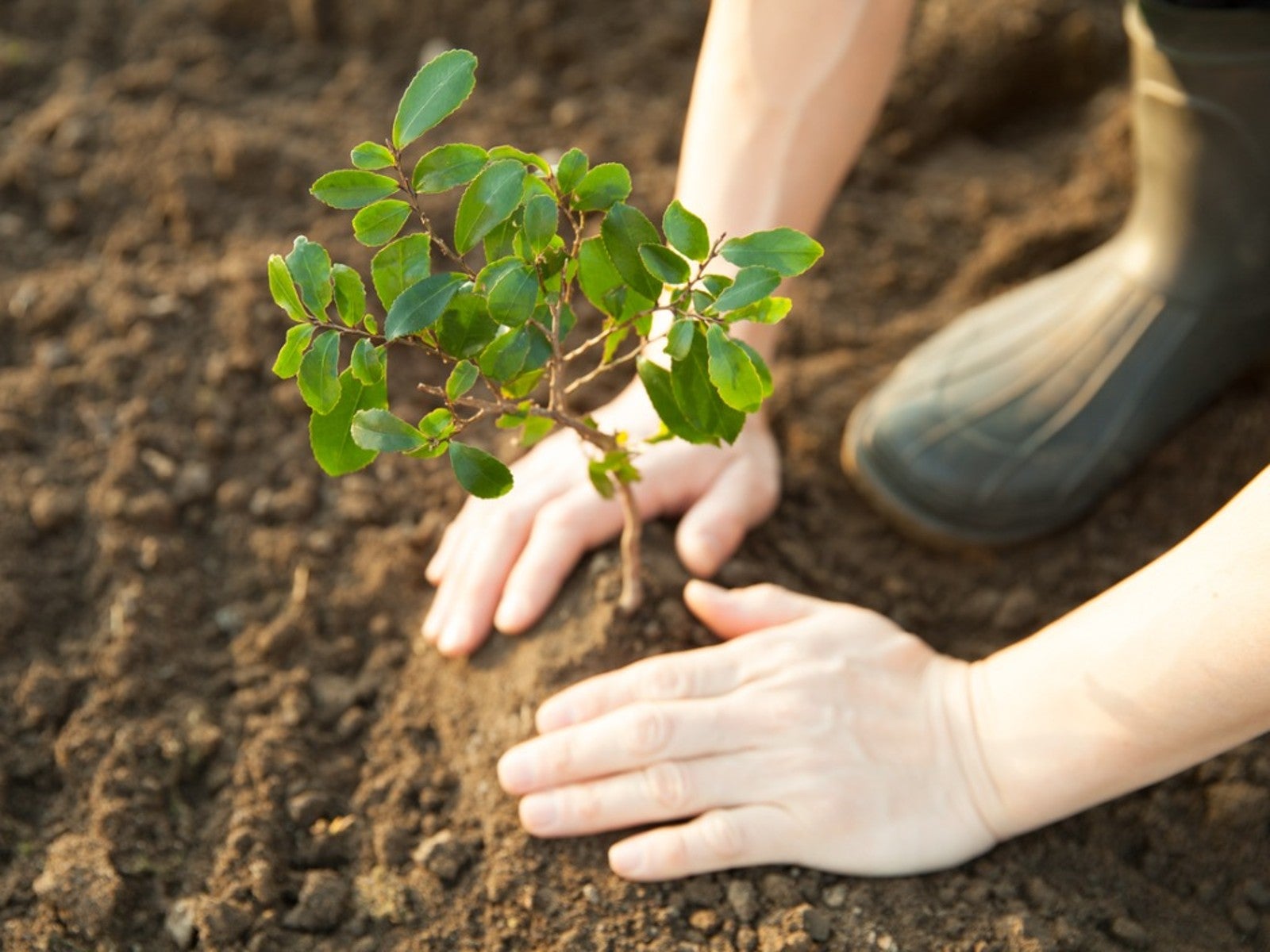Planting Trees To Reverse Climate Change


Trees are an essential part of life on earth. They shade our yards, provide wildlife habitat, filter our water, and clean our air. They also store carbon in their woody trunks, which makes protecting trees an essential strategy in our fight against climate change.
Can protecting and planting trees help reduce climate change? The answer is yes, but not a resounding yes. A combination of reforestation and afforestation would be needed, together with a reduction in use of fossil fuel. Read on for more information.
Trees and Climate Change
How can planting trees help to reduce climate change? To understand this, you need a basic understanding of what causes climate change. Humans have released large amounts of carbon dioxide into the atmosphere through burning coal, oil, and gasoline. These greenhouse gases are causing the earth’s atmosphere to warm up.
To reduce carbon dioxide buildup and its effects on climate change, we can either reduce carbon dioxide emissions by burning fewer fossil fuels, or we can re-absorb carbon dioxide from the air. Trees might help us here since they take carbon dioxide out of the air during photosynthesis and store it in their trunks.
In fact, trees capture and store enormous amounts of carbon, pulling about one-third of all human-caused carbon dioxide emissions from the atmosphere each year. But is that enough?
Reforestation and Afforestation
As humans spread over the globe, they have taken out nearly half of the forests to develop agriculture. When trees are cut down or burned, they release the carbon they stored and are unable to store any more. This deforestation also removes the natural cooling effect trees have on the air around them.
To try to recover from these losses, humans can replant lost forests, plant new forests (termed afforestation), reforestation, or allow old forest ecosystems to regenerate. These strategies, taken together, can help remove greenhouse gases from the atmosphere, but it is not known what the final impact might be. Certainly, planting trees won’t help climate change if humans continue to burn fossil fuels as they do today.
Sign up for the Gardening Know How newsletter today and receive a free copy of our e-book "How to Grow Delicious Tomatoes".
What Trees to Plant?
Another factor to consider when it comes to using trees to combat climate change, is to select the best trees for the job. What are the best trees to plant for climate change? It’s important to avoid trees that require lots of water in these times of drought, and trees that are high maintenance.
One source suggests that broadleaf species like oak, beech and maple are the best idea because their leaves have larger surface areas, can generate more photosynthesis, and don’t absorb as much heat as conifers. Some argue that it would be best to focus on the big trees currently protected. Mature, old-growth trees with broad trunks constitute a small percent of forests worldwide, but they store some half of all carbon currently found in the world’s forests. This shows how critical it is to protect and maintain current forests in addition to reforestation and afforestation efforts.

Teo Spengler is a master gardener and a docent at the San Francisco Botanical Garden, where she hosts public tours. She has studied horticulture and written about nature, trees, plants, and gardening for more than two decades, following a career as an attorney and legal writer. Her extended family includes some 30 houseplants and hundreds of outdoor plants, including 250 trees, which are her main passion. Spengler currently splits her life between San Francisco and the French Basque Country, though she was raised in Alaska, giving her experience of gardening in a range of climates.